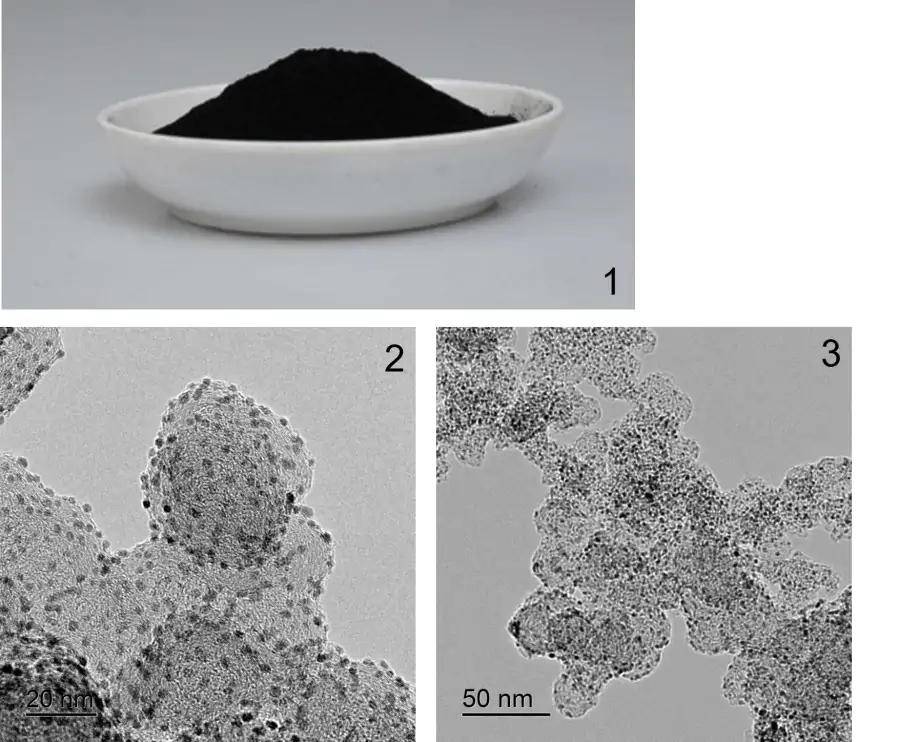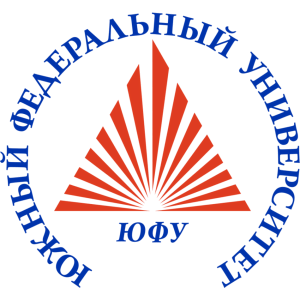Nanostructured materials for electrochemical energy
Publications
77
Citations
694
h-index
15
Authorization required.

The scientific work of the laboratory is related to the creation of functional materials for hydrogen energy. The laboratory team develops new methods for obtaining nanostructured platinum-containing catalysts for fuel cells, as well as determines the relationship between the structural electrochemical characteristics of materials. The study of the properties of materials is carried out by a wide range of modern physico-chemical methods. The ongoing work is interdisciplinary and combines the approaches of materials science, inorganic chemistry and electrochemistry.
- Liquid-phase method of synthesis of nanomaterials
- Cyclic voltammetry
- Long-term stress testing
- Linear voltammetry
- X-ray phase analysis
- High-resolution transmission microscopy
- Differential Scanning Calorimetry (DSC)
- Thermogravimetry (TG)
Sergey Belenov
Leading researcher
Alina Nevelskaya
Researcher

Vladislav Menshchikov
Junior researcher

Maria Danilenko
Junior researcher
Kirill Paperzh
Junior researcher
Irina Gerasimova
Junior researcher
Dmitry Mauer
Junior researcher

Danil Alexeenko
Junior researcher

Ekaterina Kozhokar
Research intern
Yulia Bayan
Research intern

Yana Astravuh
Research assistant

Egor Beskopylyny
Student
Research directions
Modification and creation of combined carbon carriers
+
Processing of highly dispersed carbon carriers (N-doping). Production of combined carriers based on carbon and tin oxide.
Study of the kinetics (dynamics) of nucleation/growth of platinum nanoparticles in both solutions and suspensions
+

Investigation of the effect of UV irradiation on the nucleation and growth of platinum nanoparticles (Figure 1)
Production of new highly active catalysts based on bimetallic nanoparticles
+

Development of new methods for the synthesis of PtM/C (M = Cu, Co, Ni, Ru) electrocatalysts based on bimetallic nanoparticles with different structures: solid solution, shell-core, gradient. Figure 1 is a diagram of the multistage synthesis of catalysts based on gradient nanoparticles. Figures 2-4 - Transmission electron microscopy of bimetallic catalysts based on bimetallic nanoparticles with a shell-core structure. Figure 5 - Element mapping of the PtCu/C catalyst surface area.
Production of new highly efficient platinum-carbon (Pt/C) catalysts
+

Optimization of existing and development of new synthesis methods with the ability to control the microstructure of the resulting catalysts. Increasing the uniformity of the distribution of platinum nanoparticles on the surface of the carbon carrier. Figure 1 - Platinum-carbon catalyst. Figures 2 and 3 - Transmission electron microscopy of Pt/C materials.
Publications and patents
Found
Nothing found, try to update filter.
Анастасия Анатольевна Алексеенко, Владимир Ефимович Гутерман, Сергей Валерьевич Беленов, Иван Николаевич Новомлинский, Владислав Сергеевич Меньщиков
RU2677283C1,
2019
Владимир Ефимович Гутерман, Иван Николаевич Новомлинский, Анастасия Анатольевна Алексеенко, Сергей Валерьевич Беленов, Галина Геннадьевна Цветкова, Елена Николаевна Балакшина
RU2616190,
2017
2024
—
2027
| Алексеенко Анастасия Анатольевна
2024
—
2026
| Могучих Елизавета Антоновна
2024
—
2026
| Невельская Алина Кирилловна
2023
—
2026
| Меньщиков Владислав Сергеевич
2021
—
2023
| Алексеенко Анастасия Анатольевна
2016
—
2018
| Гутерман Владимир Ефимович
Lab address
344033 Ростов-на-Дону, ул. Зорге, д. 7
Authorization required.












